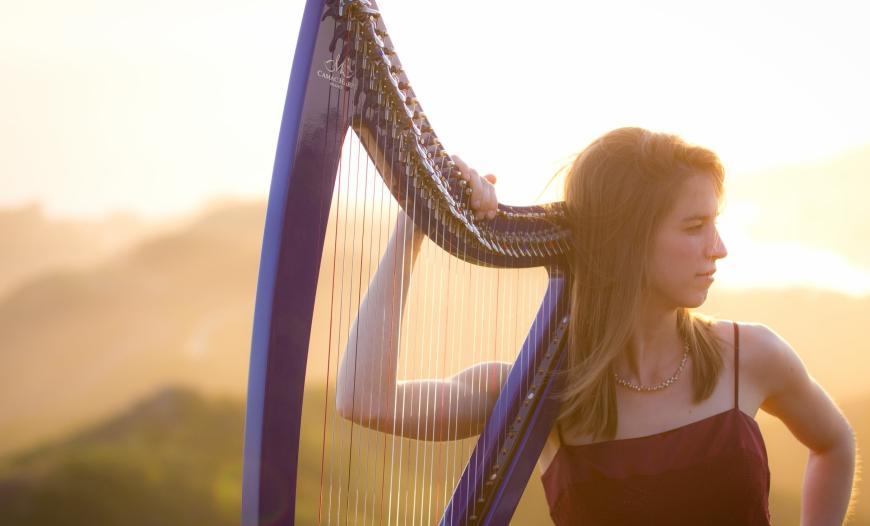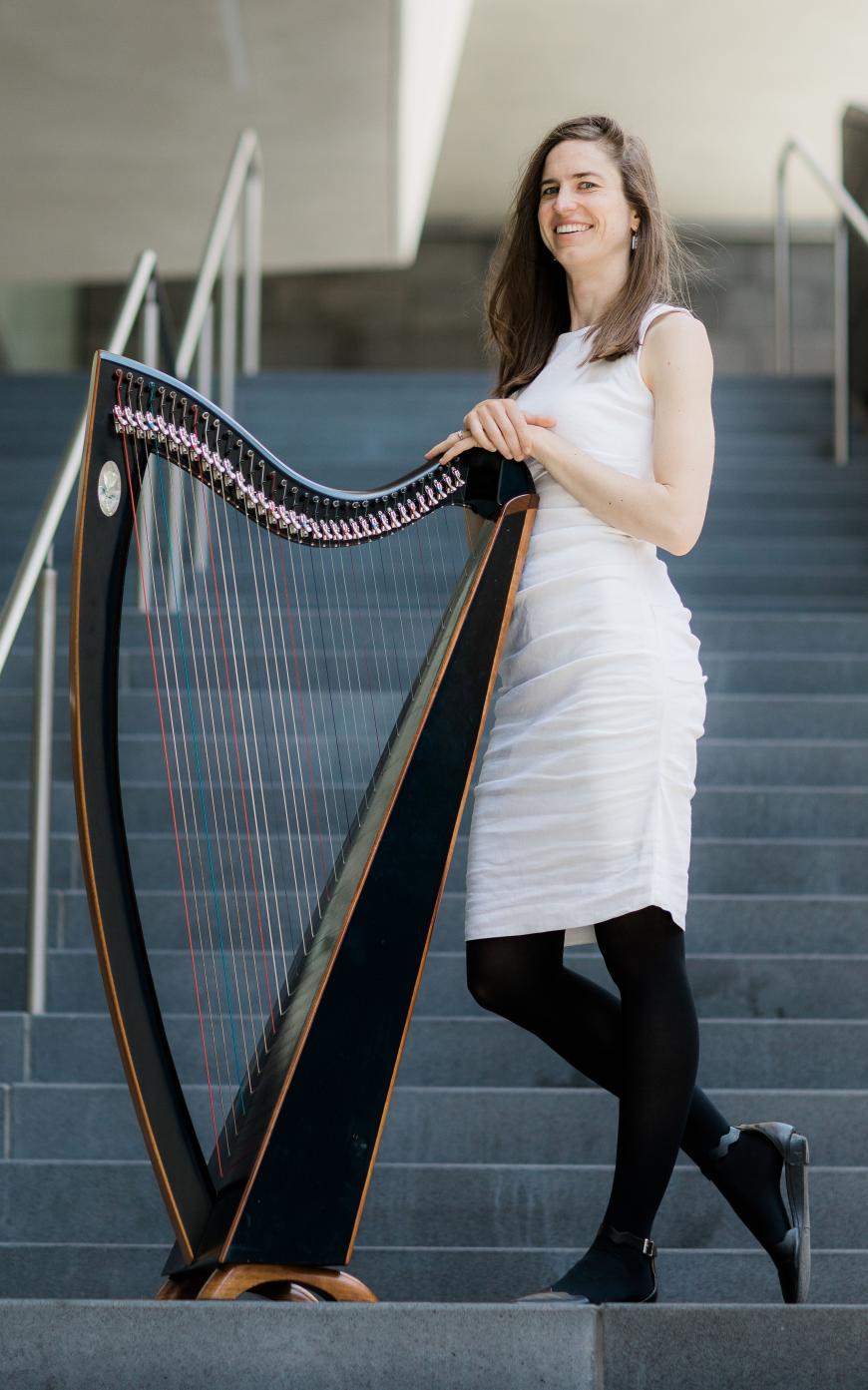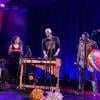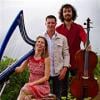
“An embarrassment of riches” might be the perfect phrase to describe the San Francisco International Arts Festival. Founded in 2002 by arts presenter Andrew Wood, the annual festival is dedicated to promoting local, national, and international multidisciplinary artists whose work speaks vividly and compellingly on contemporary civic, social, and cultural issues. Festival audiences have come to expect and be intrigued by an enormous scope of programming and a mix of new and established voices whose work arrives in a range of mediums: dance, music, theater, and performance art.
In 2023, celebrating its 20th season and showing no signs of slowing down, SFIAF boasts an ambitious lineup of 40 ensembles and individual artists who will present more than 70 concerts over 16 days. The theme this year is “In Diaspora: I.D. for the New Majority.” There’s definitely a sense of newness, with 16 world premieres on the schedule, but also a feeling of familiarity, as multiple artists are revisiting existing pieces with fresh insights and in different adaptations.
“New Directions for Lever Harp in Chamber Music,” featuring harpist Amelia Romano and guests, is one program that underscores this character of the festival, aimed at expanding the frame of what constitutes art and artistry.

Romano is a native of San Francisco and began studying her chosen instrument at age 9. Along the way to graduating from the San Francisco School of the Arts, she performed with youth ensembles and released her first solo album, Seeking Peace. She went on to earn a bachelor’s degree in interdisciplinary studies from UC Berkeley. Finding purpose in merging the various influences on her work — primarily indigenous, folk, jazz, classical, and Latin American music — she has since released a second solo album, New Perspectives; two EPs with her Luminance Ensemble, Luminance and Late Dawn; and two full-length albums with StringQuake, Take 15 and Cascade. Romano recently earned a master’s degree in classical lever harp performance from San Francisco State University.
The “New Directions” program, June 10 at Brava Cabaret and featuring an all-female lineup of musicians, includes original works like “Serendipity,” inspired by Romano’s time living in South Africa, and “Down Yonder,” which she composed during the pandemic, along with classical favorites. Romano explained how she introduces the lever harp to new audiences and offered a preview of the program.
For people who may not be familiar with your instruments, what are the differences and similarities between the pedal harp and the lever harp?
Lever harp gets its name, like the pedal harp, from the mechanics of how it accesses half steps. While pedal harp has a pedal associated with each note of a scale, and engaging a C pedal causes all eight octaves to move from C-flat to natural, to achieve the same chromatic shift on lever harp, the performer’s left hand has to manually engage six levers, one for each string requiring a pitch shift. Key changes therefore require a bit more planning.
Are there challenges and maybe even compromises that arise when transcribing classical works from pedal harp to lever harp?
Yes. I analyze chromatic passages and decide which bass-clef notes can be removed or taken by the right hand to ensure the lever shifts executed by the left hand are maneuvered with ease. Key changes sometimes require adding measures or a rolled chord with a slow “decay” buying me time to execute shifts. Sometimes I take a piece at a slower tempo to ensure notes are heard and shifts don’t interrupt the melodic flow. Rescored adaptations, [with other instruments] to cover the chromatic passages not playable on lever harp, [are also possible].
Please share a few comments about the works on the program:
[In my piece] “Serendipity,” the harmonies harken to the rich culture of kindness I found during my time in South Africa. The syncopated rhythms [express] the diversity that makes the country a melting pot of colors and ideas.
“Down Yonder” was the first piece I wrote for my chamber trio, Luminance. It was fun writing an entire chamber work using MuseScore, with no distractions or obligations. Previous compositions I had brought to the ensemble were written for solo harp. Something new I explored with this work were the two tonal centers the work plays around: a recurring ostinato pattern in B-flat and the main melody in D-flat.
[William Grant Still’s] Ennanga is timeless. I admire how this work came about. Still loved the harp and titled the work after the African harp, the ennanga. … Each movement celebrates a different element of the beautiful African continent and the language of spirituality present there. The opening movement captures the African jungle; the second movement, a spiritual passage; and the closing movement is triumph. This piece celebrates both his gifts as a composer and the continent that shaped him.



